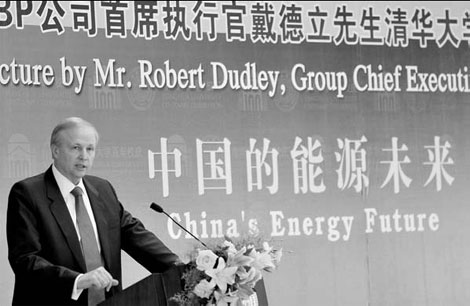Theory isn't my thing. I am a commentator and historian. But somebody has to make sense of the big picture - including asking if there is a big picture. Benjamin Zipursky and John Goldberg have led the way here in a kind of new formalism. Torts is what it appears to be - a system of redress by the injured who seek relief from wrongdoers. It is not a system of wealth maximization, redistribution, social control, or environmental regulation. Except of course that it is often used to serve those purposes. So HERE is the Harvard symposium on the New Private Law.
Harvard Law Review's 2011-2012 Symposium presents "The New Private Law," a development in private law theory that seeks to revitalize the study of private law. The Symposium features an Introduction by Professor John Goldberg, who argues for "inclusive pragmatism" as an approach to private law. Symposium Articles by Professors Shyamkrishna Balganesh, Henry Smith, Stephen Smith, and Benjamin Zipursky respectively address the implications of The New Private Law to copyright, property, remedies, and tort law. In addition, the Harvard Law Review Forum features online-only responses to The New Private Law written by Professors Eric Claeys, Abraham Drassinower, Richard Epstein, Keith Hylton, Thomas Merrill, John Oberdiek, and Emily Sherwin.
Introduction: Pragmatism and Private Law
John C.P. Goldberg
The Obligatory Structure of Copyright Law: Unbundling the Wrong of Copying
Shyamkrishna Balganesh
Property as the Law of Things
Henry E. Smith
Duties, Liabilities, and Damages
Stephen A. Smith
Palsgraf, Punitive Damages, and Preemption
Benjamin C. Zipursky
Copyright Is Not About Copying
Abraham Drassinower
Unifying Copyright: An Instrumentalist's Response to Shyamkrishna Balganesh
Richard A. Epstein
Responding to Henry E. Smith, Property as the Law of Things
Exclusion and Private Law Theory: A Comment on Property as the Law of Things Eric R. Claeys
Property as Modularity
Thomas W. Merrill
Responding to Stephen A. Smith, Duties, Liabilities, and Damages
Comments on Stephen Smith's Duties, Liabilities, and Damages
Emily Sherwin
Responding to Benjamin C. Zipursky, Palsgraf, Punitive Damages, and Preemption
New Private Law Theory and Tort Law: A Comment
Keith N. Hylton
Method and Morality in the New Private Law of Torts
John Oberdiek
Harvard Law Review's 2011-2012 Symposium presents "The New Private Law," a development in private law theory that seeks to revitalize the study of private law. The Symposium features an Introduction by Professor John Goldberg, who argues for "inclusive pragmatism" as an approach to private law. Symposium Articles by Professors Shyamkrishna Balganesh, Henry Smith, Stephen Smith, and Benjamin Zipursky respectively address the implications of The New Private Law to copyright, property, remedies, and tort law. In addition, the Harvard Law Review Forum features online-only responses to The New Private Law written by Professors Eric Claeys, Abraham Drassinower, Richard Epstein, Keith Hylton, Thomas Merrill, John Oberdiek, and Emily Sherwin.
Introduction: Pragmatism and Private Law
John C.P. Goldberg
The Obligatory Structure of Copyright Law: Unbundling the Wrong of Copying
Shyamkrishna Balganesh
Property as the Law of Things
Henry E. Smith
Duties, Liabilities, and Damages
Stephen A. Smith
Palsgraf, Punitive Damages, and Preemption
Benjamin C. Zipursky
Harvard Law Review Forum Responses:
Responding to Shyamkrishna Balganesh, The Obligatory Structure of Copyright Law: Unbundling the Wrong of CopyingCopyright Is Not About Copying
Abraham Drassinower
Unifying Copyright: An Instrumentalist's Response to Shyamkrishna Balganesh
Richard A. Epstein
Responding to Henry E. Smith, Property as the Law of Things
Exclusion and Private Law Theory: A Comment on Property as the Law of Things Eric R. Claeys
Property as Modularity
Thomas W. Merrill
Responding to Stephen A. Smith, Duties, Liabilities, and Damages
Comments on Stephen Smith's Duties, Liabilities, and Damages
Emily Sherwin
Responding to Benjamin C. Zipursky, Palsgraf, Punitive Damages, and Preemption
New Private Law Theory and Tort Law: A Comment
Keith N. Hylton
Method and Morality in the New Private Law of Torts
John Oberdiek


